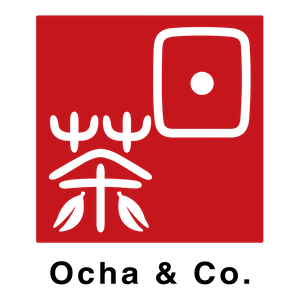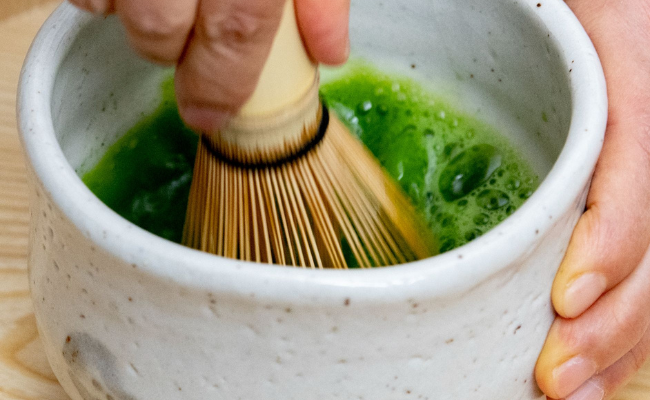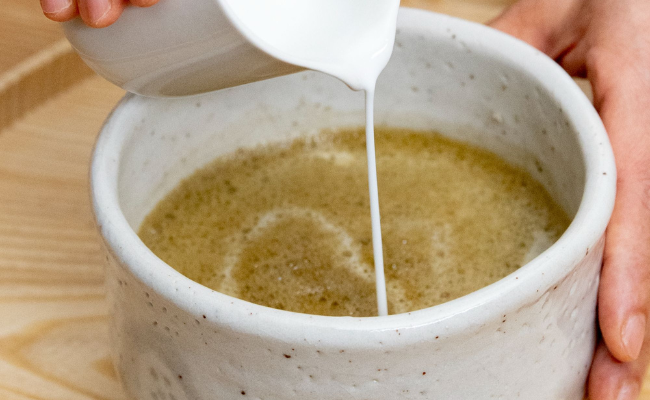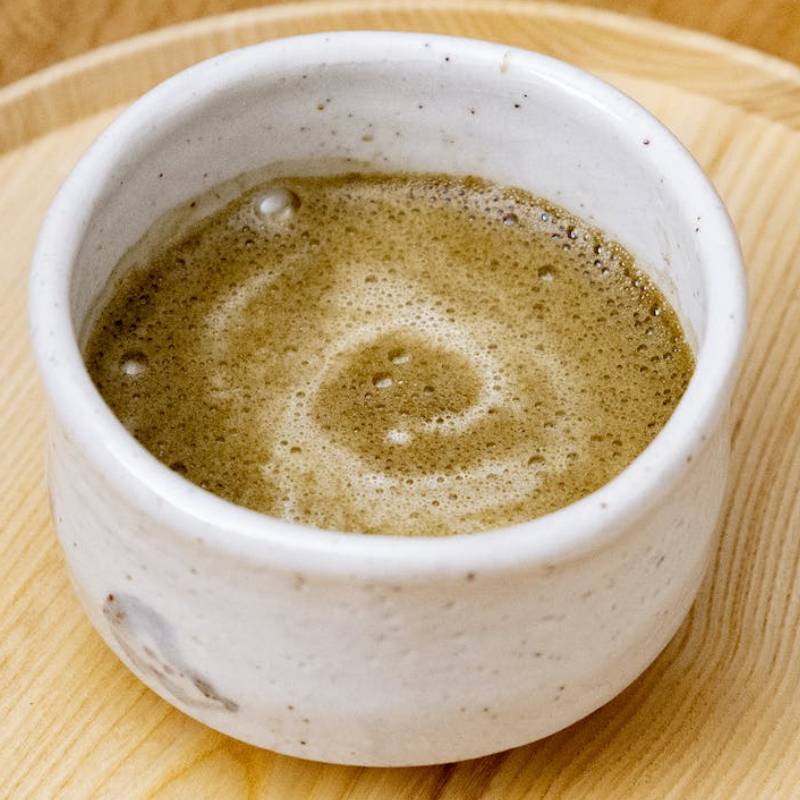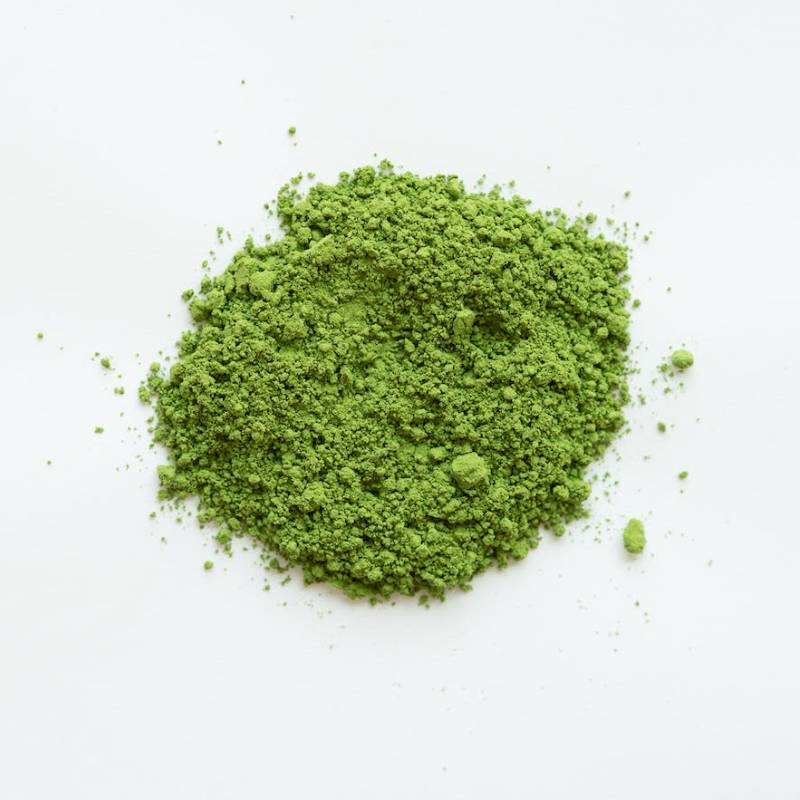Japanese Black Tea
TEA STORIES: ORGANIC JAPANESE BLACK TEA
Japanese tea is synonymous with the color green. So much so, in fact, that many of our global customers think we’re joking when we tell them about Ocha and Co’s Organic Japanese BLACK tea.
But it’s true, Japanese Black Tea, known in Japan as Wakocha, exists.
It’s been grown and produced in Japan in very small quantities - hence the rarity factor. But it’s a treasure worth seeking out.
Wakocha - ours is produced from organically grown Benifuki cultivars that grow in a specially designated corner of a green tea estate in Shizuoka prefecture - makes a fantastic brew with a range of incredibly smooth and mild tastes and aromas
ranging from low notes of wood smoke to sweet highs of summer fruits - and absolutely no bitterness.
If our order books are anything to go by, the secret of Japanese Black Tea is definitely getting out, but the fact that it’s still relatively rare is odd considering the reason it exists in the first place...
...black tea was developed to save the Japanese tea industry!
|
|
YOU CAN HAVE ANY COLOUR YOU LIKE...AS LONG AS IT’S GREEN
Until 1875, during the Meiji Era, black tea was a completely foreign concept to Japanese farmers - and domestic consumers alike. But the nation’s exports of green tea exports were waning dramatically as Western palettes began to favor
black tea - tastes cultivators in India, Ceylon (now Sri Lanka), and China, were exploiting very successfully.
To remedy this, the Japanese government encouraged farmers to start apportioning parts of their estates to black tea production. They arranged visits by Chinese tea producers to teach their Japanese counterparts about black tea's growth needs and they also issued a guide known then as the “Black Tea Process Record” to be sent across the nation.
The tea plants deemed best to produce a flavorsome black tea were actually wild plants that grew in hills and mountains of Ōita and Kumamoto prefectures - areas that saw quite a lot of farmers arriving to obtain cultivars as bemused goats looked on.
Tea farmer Tada Motokichi was dispatched by the Japanese government on an official tour of the great Indian tea-producing regions - Assam, Darjeeling, and Ceylon - to find out as much as he could about their agricultural methods. He returned to Japan with cuttings and seeds of the Assamica species of Camellia Sinensis. They didn’t immediately take to the Japanese climate and had to be crossbred with homegrown cultivars before they properly established themselves.
Meanwhile, the Chinese methods of black tea farming rapidly diminished, not least because some Japanese farmers took to cutting corners with their crops, resulting in poor-quality tea that wouldn’t stand a chance against its exporting rivals.
But the Indian production styles brought home by Tada Motokichi were a different story. A crop in the Kochi prefecture was established and grown exactly to Motokichi standards. That performed so well the Government issued another edict,
the 1878 Japanese Black Tea Manufacturing Training Regulation.
The Kochi crop went down so well in the British market that black tea trading schools were established in Shizuoka, Fukuoka, Kagoshima, and Tokyo.
Now known generally as Wakocha, the promising start was followed by a long period of short peaks and frustrating troughs. Production and exports were variously affected by the first Sino-Japanese War in 1894, Japan’s colonialist adventures in Taiwan in 1895, and then the First World War (1914-18). After that war, black tea exports really picked up and Japanese tea was almost ubiquitous in British and European grocery stores. The Second World War put pay to that boom and it took until 1954 for black tea to re-establish a reputation.
Those lulls did give them an opportunity to create the first true Japanese black tea cultivar - Benihomare - using seeds Mr. Motokichi had brought back with him on his
trip to India.
By the 1950s black tea exports were now catering to a much smaller world market. But the brew was still, in many ways equal if not better than its rivals and had enough fans among tea connoisseurs at home and abroad to justify research into new cultivars felt worthwhile.
Over half a dozen varieties were introduced - all stemming from the Benihomare original and each improving on the other. Those in the know say that the optimum leaves were from the Benifūki, the variety we sell at Ocha and Co . This variety was registered in 1993 and has subsequently proved to be a hit worldwide.

HOW IS THE JAPANESE BLACK TEA CULTIVAR BENIFUKI PRODUCED?
First harvest Benifuki leaves are collected by machine around May/June time and
stored for up to 15 hours - enough to start the oxidation process allowing the
enzymes in the leaves to break down, soften and darken before they’re slowly
crushed, twisted, and curled - their oils and perfumes squeezing out and spreading
across the crop, all helping with the aroma and tastes you’ll experience when
drinking - under a variety of mechanized rollers.
In green-teas oxidization is almost immediately stopped by steaming the leaves - it’s known as fixing. But black tea leaves continue to oxidize as they go through each production stage until finally they’re spread out and gently heated to cancel the oxidization.
HOW TO BREW JAPANESE BLACK TEA
Benifuki - indeed, all varieties of black tea - need hotter water and longer steeping times than green tea.
Other than that prepare Japanese Black Tea as you would most tea.
_optimize.jpg)
Tea: 4g (0.14 oz. = 1 heaped tsp.)
Water: 1 cup (200ml)
Temperature: (100°C)
Steep Time: 120 seconds
